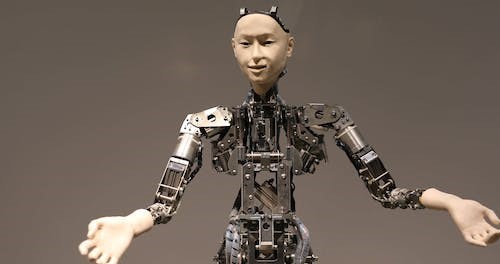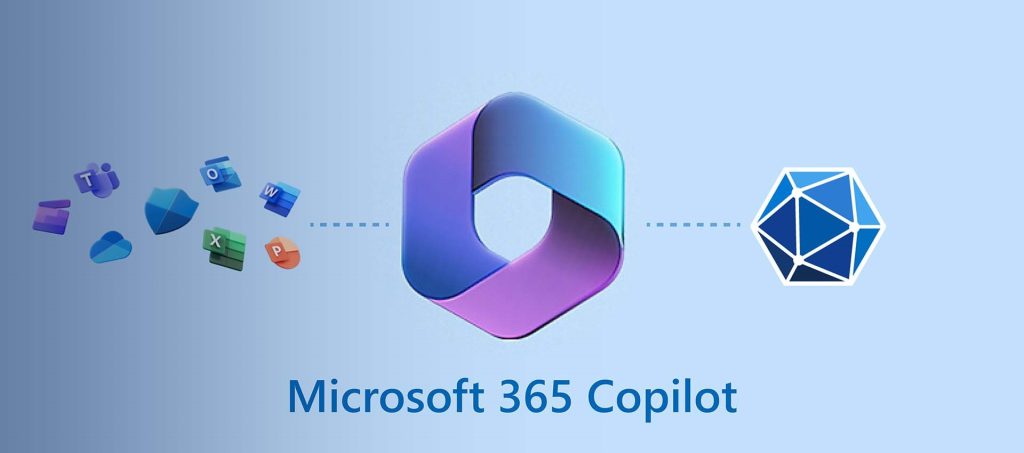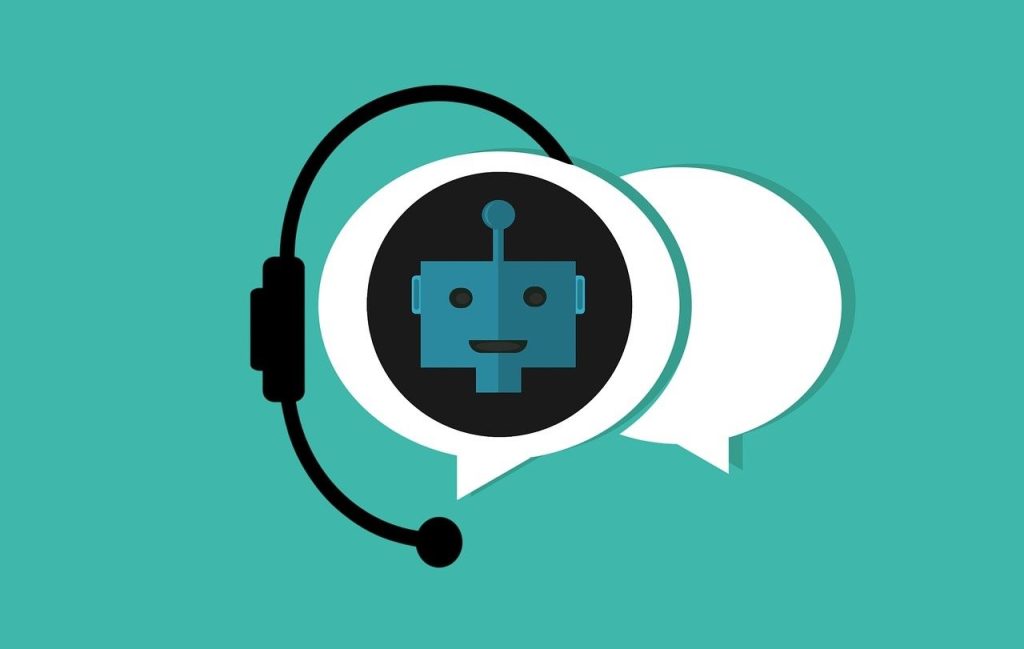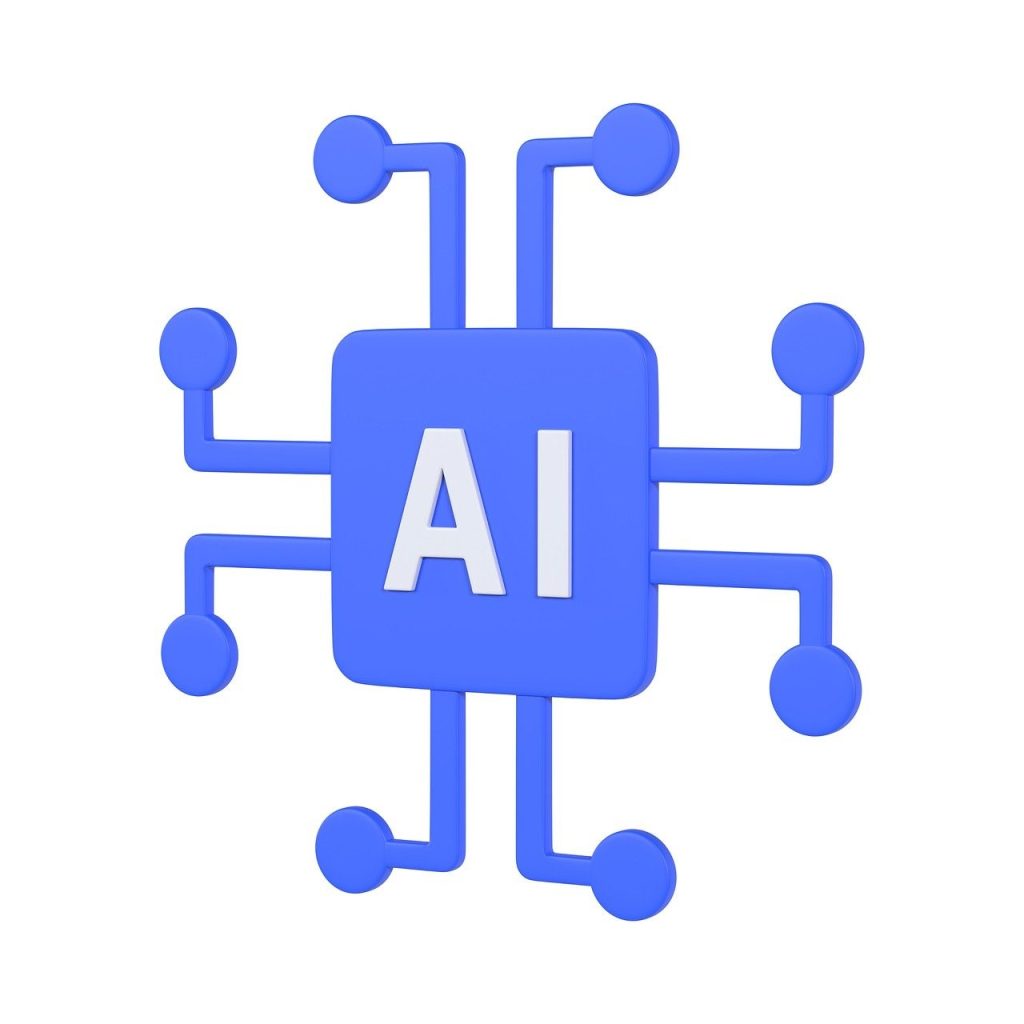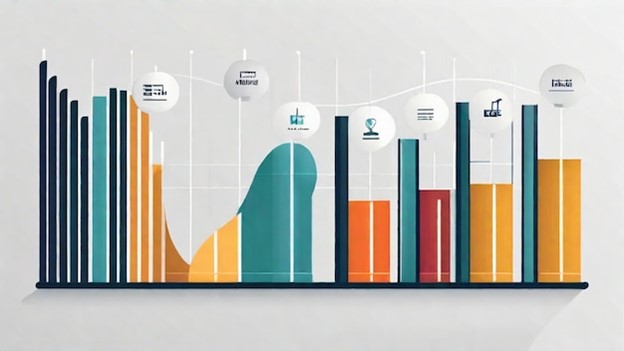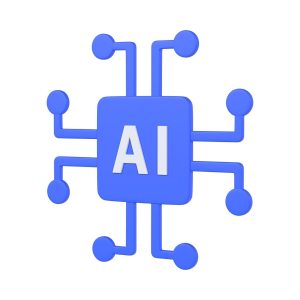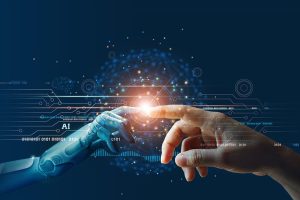Artificial Intelligence (AI) undoubtedly has captured the people’s imagination. It is considered as a transformative force in the sphere of technology, with potential to enhance the landscape of business operations. Yet, one must consider its positive impact on the workforce. How is AI redefining the contemporary work environment, and what does this mean for AI at workers and management? we will delve into these topics and beyond.
The Rise of AI in the Modern Workplace
Artificial intelligence (AI) has ushered in a significant shift in our professional routines. Its growing presence in the modern workplace is streamlining processes, taking over various routine tasks, and providing support in making strategic decisions. Rather than simply replacing human jobs with machines, the goal is to harness AI’s capabilities to bolster human skills and boost overall efficiency.
AI is carving out a niche across various sectors, such as healthcare, finance, retail, and logistics. Its integration revolutionizes business operations, elevating efficiency, and fostering innovative thinking. To stay ahead in the market, companies are eagerly integrating AI to improve customer service quality, achieve better financial results, and gain a competitive edge. The advent of AI marks a new era in the business world, characterized by a major move towards digitalization and technology-fueled advancement.
The Role of AI in Automating Tasks
Artificial intelligence (AI) serves a key function in the workplace by optimizing operations via automation. AI-driven programs and robots excel at executing monotonous and labor-intensive tasks more efficiently than humans. They are adept at handling an array of activities, such as data entry, customer support, and schedule organization. Moreover, they possess the ability to tackle intricate tasks, including performing financial analyses and conducting market studies.
AI’s impact extends beyond automating routine tasks; it improves accuracy and reduces errors. It can analyze large volumes of data quickly, offering insights that might otherwise take a long time to compile. Furthermore, AI systems can operate round-the-clock, enhancing productivity and allowing businesses to operate continuously. The core purpose of AI-enhanced automation is to unburden people from tedious tasks, rather than replace them. This transition frees employees to focus on work that requires strategic thought and contributes greater value, thus fostering an atmosphere that encourages creativity and innovation.
The Positive Impact of AI on the Workforce
AI go beyond being merely a business tool; it acts as a driving force for transformations within the workplace. By taking on repetitive tasks, AI simply enables workers to dedicate more time to the strategic, inventive, and decision-making part of their roles. This shift can lead to job satisfaction as it allows employees to better enhance their abilities and talents.
It also encourages ongoing professional development as AI handles the more tedious duties, workers gain the chance to acquire new competencies and adjust to the evolving professional landscape. This strengthens not only their career advancement but also maintains their relevance as professionals. It is instrumental in cultivating a work environment that is more diverse, inclusive, and fair.
The Potential Risks and Challenges of AI in the Workforce
While artificial intelligence offers many advantages, it is also associated with certain risks and difficulties. A primary issue is the displacement of jobs. With the increasing proficiency of AI, there is concern that it may replace human beings in specific positions, resulting in unemployment.
The gap in digital skills poses another hurdle. The varying degrees of digital knowledge among workers could worsen the divide between individuals who are able to transform themselves to AI-integrated roles and those who are not. This gap has the potential to create inequalities among the workforce and may even provoke societal conflict.
The effectiveness of AI tools are directly connected with the quality of the training data. If the applied data contain biases or errors, there’s a potential risk that the AI may deliver unfair or inaccurate outcomes. The implications of this could be significant, especially in domains such as recruitment, career advancement, and assessing employee performance.
Embracing AI: Strategies for Businesses and Employees
The journey to embracing AI is more than just introducing solutions; it also requires readying the workforce for the changes brought about by AI. Companies have a responsibility to regularly concentrate on their employees’ development, ensuring they possess the required skills to effectively interact with AI, employees are encouraged to proactively learn about artificial intelligence and its potential impacts on their jobs. The significance of continuous learning and skill enhancement is vital, as these are crucial for staying relevant in the fluctuating job market. It’s critical for organizations to foster an environment that values innovation. As artificial intelligence becomes more commonplace, the ability to innovate and solve problems creatively will gain more standing. The goal is not simply to survive the transformations but to succeed in this quickly changing tech scenario.
How to Prepare Your Workforce for AI
Organizing your team for AI integration requires some essential steps.
Primarily, it’s important to communicate clearly about AI’s position in the business and its potential impact on the organization. This can eliminate all doubts.
Secondly, companies must allocate resources towards training and growth. This might involve seminars, digital classes, collaborations with academic institutions or tech firms.
Thirdly, companies must reevaluate their recruitment process. As AI assumes responsibility for routine tasks, companies might need to employ individuals with abilities such as analytical thinking, innovation and intellectual capacity.
Finally, it is important to offer assistance to employees during this process shift. This may involve providing educational resources, supportive environment, and potentially offering assistance when and where needed.
Real-world Examples of Artificial Intelligence in the Workplace
Artificial Intelligence (AI) is already transforming work environments globally. In the medical field, for instance, AI applications range from analyzing medical imagery, predicting patient results to aiding in surgical procedures. Similarly, in the financial sector, AI is employed for identifying fraudulent activities, evaluating risks, and conducting algorithmic trades.
In the retail industry, AI plays a crucial role in tailoring customer experiences, regulating stock levels, and predicting pricing strategies. In logistics, AI helps to streamline routes, forecast schedules and automate warehouse functions.
These instances are just a beginning and merely the tip of the iceberg in terms of how AI is transforming professional spaces. The opportunities are limitless, but advantages are massive.
Looking Ahead: AI and the Workforce
Undeniably, AI will persistently transform the workforce in many ways. We should brace ourselves for positive impact that leads to increased automation, data-driven decision-making, and a potential for innovation. One analysis suggests that AI will generate jobs that are beyond our current knowledge or grasp . In a similar fashion to how the internet generated positions like social media coordinators and SEO experts, AI is here to birth new roles and sectors.
AI will portray workplaces more human-centered rather than eliminating their role. By assuming control of routine tasks, AI empowers humans to leverage their strengths such as creativity, empathy, and strategic thinking.
We never know what the future may bring, one fact remains unchanged – AI has established itself as a and it’s revolutionizing our work methods. By welcoming AI and readying ourselves for its implications, we can ensure not just our survival but also our prosperity in the era of AI.
Related Article

